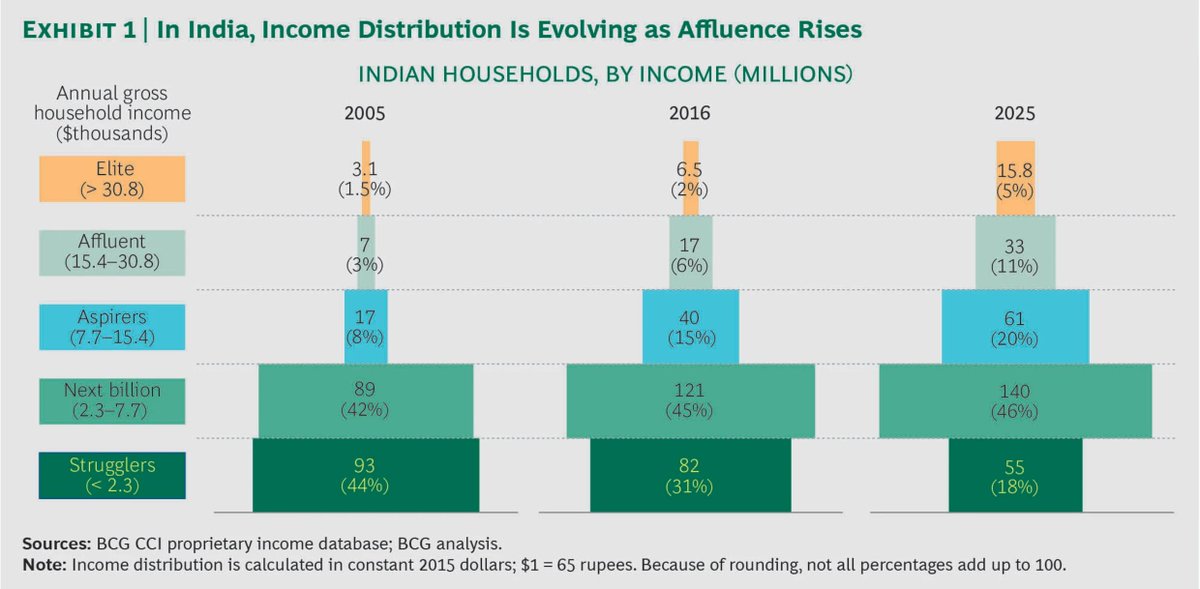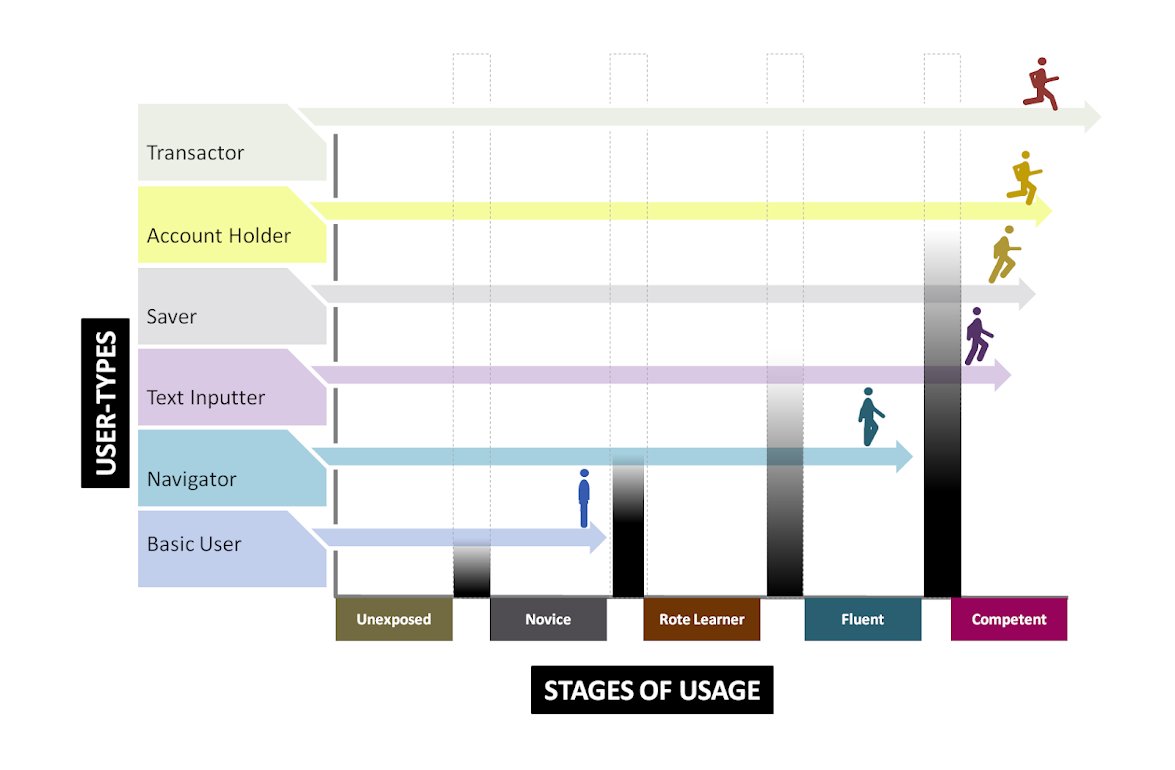
Over the last few weekends, I had some eventful conversations with a few of my design pals about the challenges of being a designer in a high growth tech environment. Sharing a few ideas from them.
A thread on design and mental wellness 🧵
A thread on design and mental wellness 🧵
1. Your designs are temporary.
Both you and your designs will be replaced eventually. The more digital your work is, the lower are the chances of it being permanent. But the stress your work causes could cause irreversible health damage. Mental health is a priority!
Both you and your designs will be replaced eventually. The more digital your work is, the lower are the chances of it being permanent. But the stress your work causes could cause irreversible health damage. Mental health is a priority!
2. Pick your battles wisely
Everyone will have an opinion on your design. Be it an icon or a customer journey map. It's not worth fighting every opinion. Choose your battles wisely. Pick the ones that create long term positive effects.
Everyone will have an opinion on your design. Be it an icon or a customer journey map. It's not worth fighting every opinion. Choose your battles wisely. Pick the ones that create long term positive effects.
3. It's okay to not 'design' in public
Tweets, substack, clubhouse, YouTube, Instagram of designing in public are tamasha. If you don’t feel like doing it, don’t do it. The podcast that you were not invited to doesn’t define you as a designer but doing good design work does...
Tweets, substack, clubhouse, YouTube, Instagram of designing in public are tamasha. If you don’t feel like doing it, don’t do it. The podcast that you were not invited to doesn’t define you as a designer but doing good design work does...
...Every individual who is putting themselves out there is trading their personal time for something else. Advancing your design career through public appearances is one of the way, not the only way. You are better off spending that time building your personal relationships.
4. Keep the joy of design alive
No Indian parent forced their kid to become a designer and if you are one, then, 'design' must have sparked joy in you. It's easy to lose the spark while working a design job. Pick up things that excite you without the pressure of OKRs and KPIs.
No Indian parent forced their kid to become a designer and if you are one, then, 'design' must have sparked joy in you. It's easy to lose the spark while working a design job. Pick up things that excite you without the pressure of OKRs and KPIs.
5. Build your own voice
If you are supposed to design what the user wants, then why aren’t teens allowed to consume alcohol? Question design principles that you were taught. Read books, deconstruct designs, talk ethics, take a stance and build your opinion. Don’t be a sellout.
If you are supposed to design what the user wants, then why aren’t teens allowed to consume alcohol? Question design principles that you were taught. Read books, deconstruct designs, talk ethics, take a stance and build your opinion. Don’t be a sellout.
6. Pursue happiness
The question of what is happiness is a very personal and internal journey. Reflect upon it from time to time by picking the right signals. In 'happiness', the journey is important that the destination like any good design project.
Have a great a day 🎩
The question of what is happiness is a very personal and internal journey. Reflect upon it from time to time by picking the right signals. In 'happiness', the journey is important that the destination like any good design project.
Have a great a day 🎩
• • •
Missing some Tweet in this thread? You can try to
force a refresh








